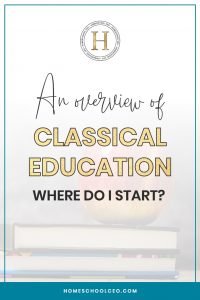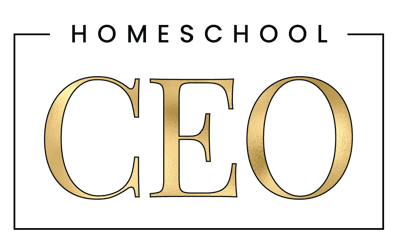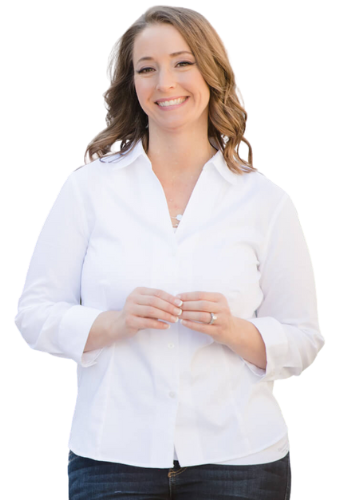This is Part 1 of a series of guest posts by Heather Weber, home-schooling veteran of over 20 years. Heather home-schooled her four children from birth through high school.
Many people tell me “I want to homeschool, but I don’t know where to begin.” I send every one of them to a certain book: The Well-Trained Mind (WTM) by Jessie Wise and Susan Wise Bauer. It is pretty hefty tome that can be checked out of the library, chocked full of good information, but it is the place to start for one specific reason.
Every educator in the public school has had a class on educational psychology, a lesson in the different ages and how their student’s brains process new information. WTM does an excellent job of explaining the style of Classical education and how it pertains to the learning patterns of a child’s life.
What is Classical Education?
Classical education is the often called the Trivium, or the three. When I first learned about the Trivium, I assumed it was three main subjects of Reading, Writing and Math, but it really applies to the three stages of learning: Grammar, Logic, and Rhetoric.
The Grammar Stage
The Grammar stage begins with the basics. It applies to the ease of young children to memorize the basic facts. Addition, multiplication, history, science, phonics sounds, and Bible verses are all the building blocks, the cornerstones, to the next steps in their learning career. Once the children have their math facts, a mental timeline, scientific basics, and become independent readers, they are ready to expand their horizons.
The Logic Stage
Around grade four or five, the students begin to ask questions. What if? Why? What can I do with this? The Logic stage is defined with expanding their knowledge base by asking for more as they learn. As a first grader, they learned about penguins and just accepted that penguins can’t fly. In the Logic stage, they will see a penguin wonder why penguins can’t fly.
The Rhetoric Stage
In the middle school years, the students will start asking why, but will not have the skills to truly explain what they have learned, which brings us to the final growth period: Rhetoric.
Around 9th grade, the students are finally able to really put what they have learned in the past into application for the future. They have learned the basic diet and coloring of penguins, and explored the scientific reasons why they can’t fly. Now the students can find the words to explain all this to others. They can listen to the questions being asked, and respond in way that is understood by the listener. They can analyze the facts and science principals and put it all in their own words.
How did I apply these principles over the twenty plus years of homeschooling?
I started with teaching the basics. We learned phonics- not just the ABC’s. We learned math facts and used them in cooking and playing with Legos. We learned the history and science dates and facts. These were the building blocks. As they grew into the Logic stage, I challenged them to find their own answers. And when they reached the Rhetoric stage, I let them use their curiosity to learn new things and apply them in new ways.
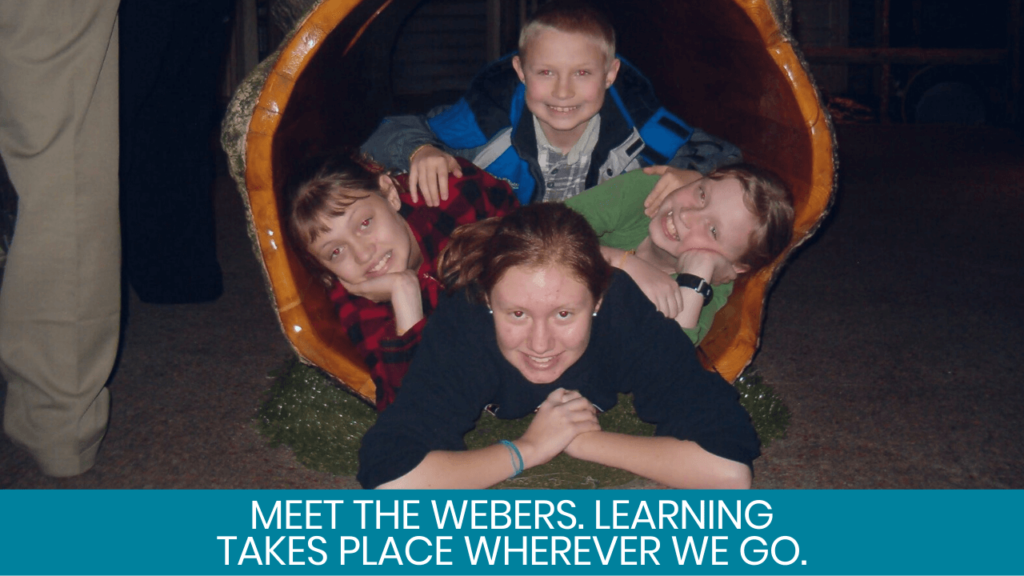
My curriculum was pretty much set the same for all four of my children in the beginning. I let them try new things in the middle years, all based on their interests. Then in high school, I allowed them to pick their own books to study. Two of my children choose to dual enroll in the high school, while two of them did not. As long as they had thought through their choices, I let them have the final decision.
By the time they had graduated high school, they had mastered the basics, learned to explore confidently, and ultimately took control of their own education, becoming thriving college students from day one.
How does this fit with businesses owners?
It is very similar to the employee structure in a business. Most start at a job in the equivalent of the “mail room” to learn the basics, promoted to more responsibilities in middle management, before finally reaching the top as VP or CEO.
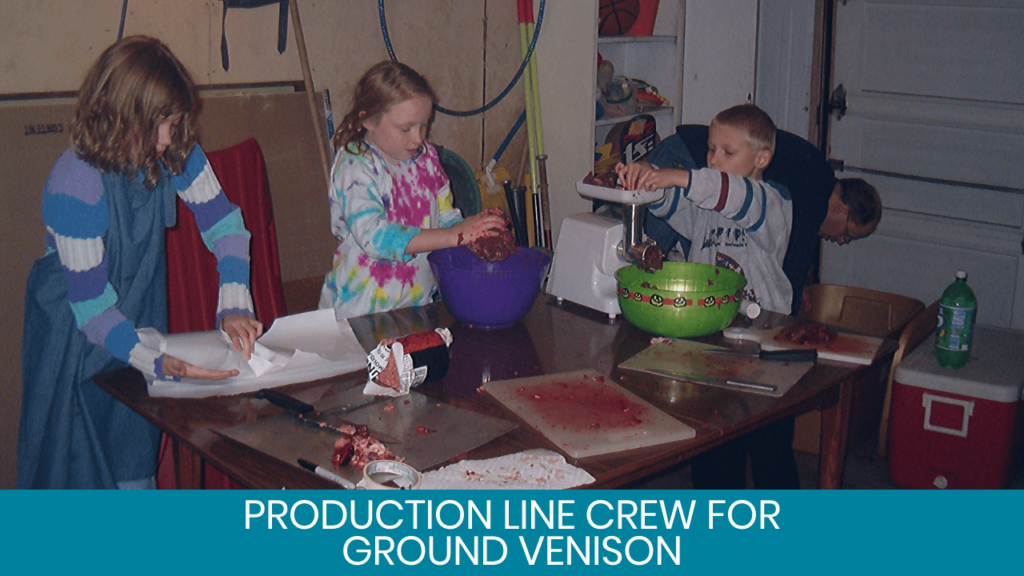
Entrepreneurs have the same structure. To start a business, you have to learn many of the basics: tax forms, costs of supplies, and such. Once you have your product ready, you move to middle management, mastering new ideas and trainings, often researching the answers through trial and error. Finally, you reach the top, or in this case, your business is booming. You master the basics, learn how to grow in media and new ideas to grow begin to flow. Your decisions come faster, since you have mastered the basics and you know the implications of past decisions.
This is the learning model explained in The Well-Trained Mind, and it applies no matter which homeschool style (Classical, Charlotte Mason, Unschooling, etc.) fits your family. By taking the time to understand your child’s learning process, you will be well prepared to guide your children’s education.
